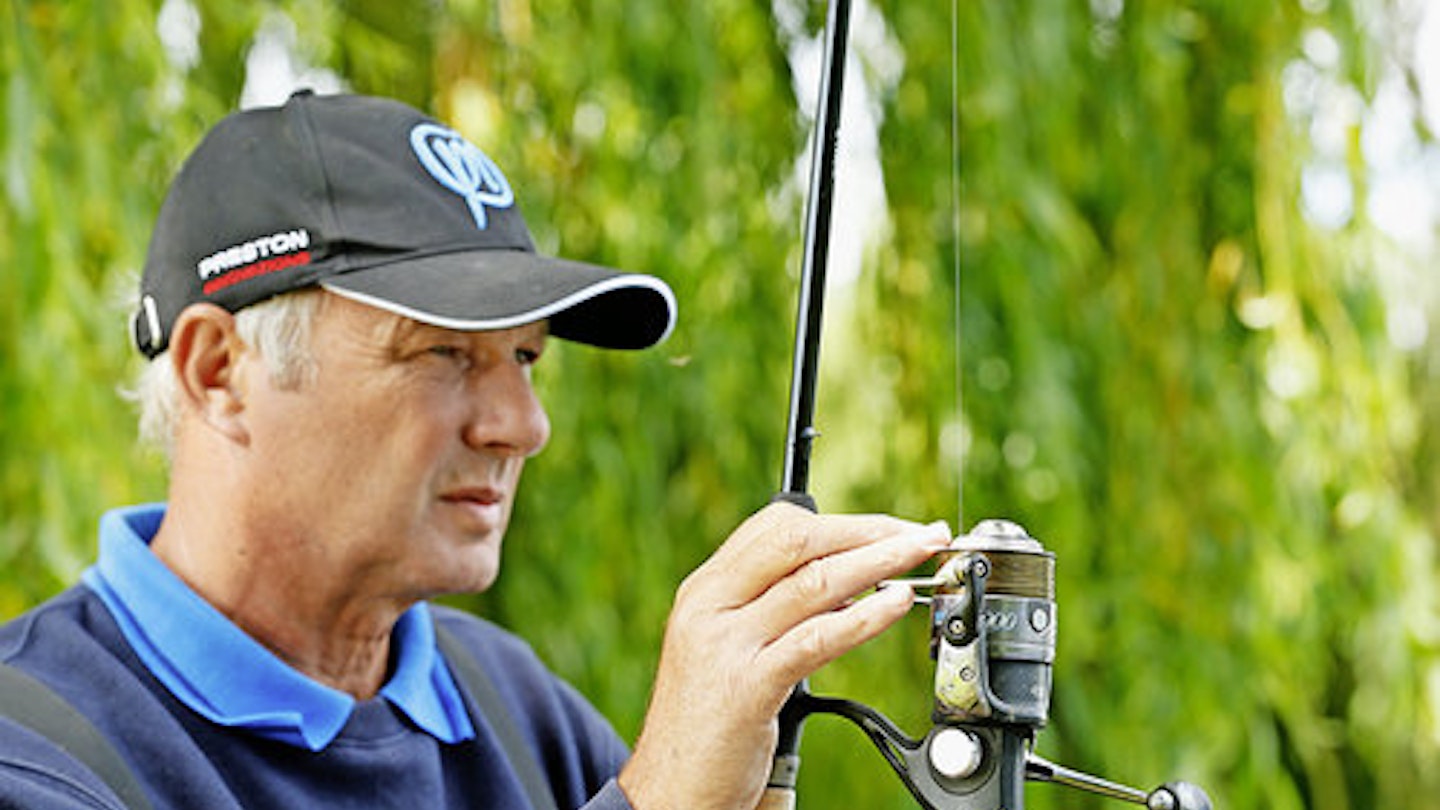In the market for a new reel but get confused by all of the reel sizes available then make sure that you read this whole article as angling legend Tommy Pickering will be explaining what each fishing reel size does and what is best for your style of angling.
When it comes to purchasing a new float or feeder rod there is every chance you will spend hours scouring the internet looking at the pros and cons of various aspects of each product.
It is sensible to put tackle under scrutiny to see whether it is right for the job in hand, but why people never give their reel choice the same treatment is beyond me.
I see lots of anglers using reels that are completely unsuited to the type of fishing they are doing. I’m going to look at the three key reel sizes and explain when they should come into play.
REEL SIZES
3000 size – This size reel is ideal when fishing small commercials where a short cast is all that is required. A small 3000 reel won’t help you cast long distances but is perfect for chucks of 30m or less. I will use this when fishing tactics such as the waggler, and will have a maximum of 5lb mainline on the spool.
4000 size – If you need to chuck up to 40m when using a tactic such as the Method or groundbait feeder then step up to a 4000 size reel. When you are reeling in feeders or floats from any distance you need a reel that has a little more power to retrieve them quickly, and this does just that. As a simple rule of thumb I will use 6lb or 8lb mainline on the spool.
5000 size – When a long chuck is required a big reel must be used to hit the distance, and a 5000 size usually comes into play when I am after bream at range on the feeder. For this type of fishing I will use 5lb mainline with an 8lb shockleader that is double the length of the rod to stop me cracking off on the cast. If I used heavier mainline on the spool I would not be able to cast the required distance, as thicker diameter line hinders big chucks.
